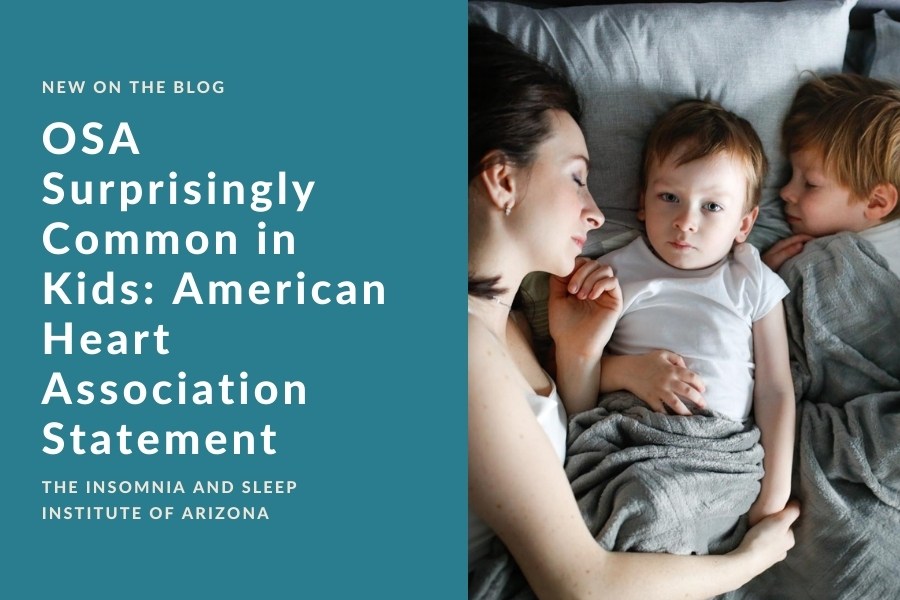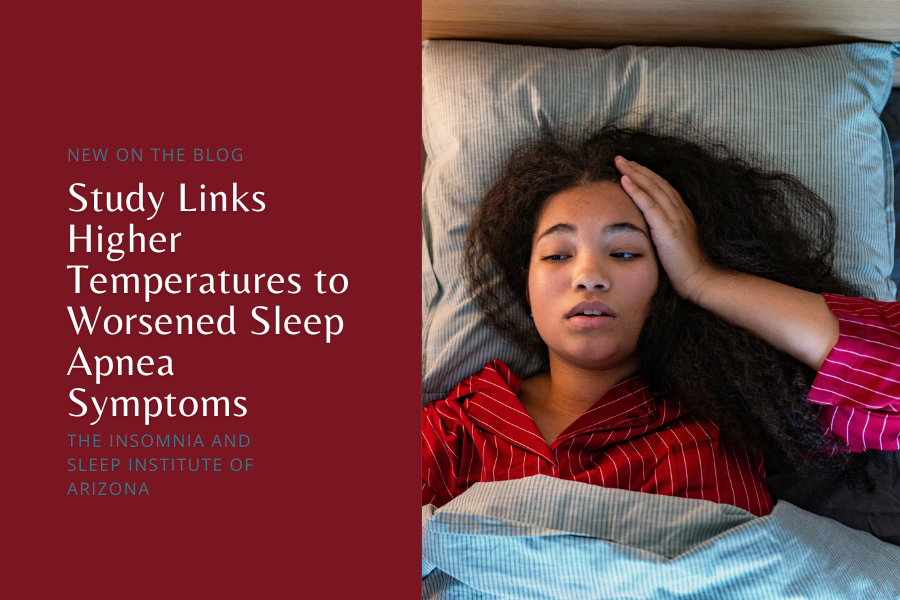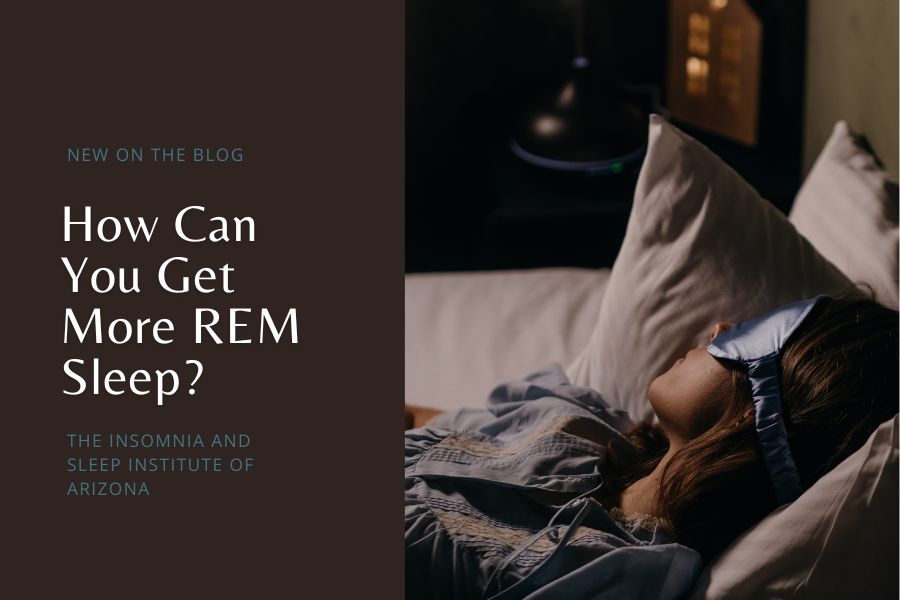The American Heart Association (AHA) recently released a scientific statement outlining the prevalence of OSA in kids. They stress that 1 – 6% of children struggle with OSA, even though it is often thought that kids don’t have these types of sleep disorders. OSA causes pauses in breathing while asleep, which can be connected to lipid disorders, obesity, high blood pressure, and even modifications to the heart structure. Ultimately, the AHA encourages testing for OSA in kids and teens who exhibit signs of OSA, such as snoring, gasping or snorting while asleep, and labored breathing. Those with obesity and/or enlarged tonsils are especially at high risk of OSA.
Why OSA and Kids Matter
If you think sleep apnea is an adult condition, you’re not alone. This is a common misconception, but the reality is that obstructive sleep apnea (OSA) is quite common in children—and may negatively affect their blood pressure.
The Insomnia and Sleep Institute of Arizona treats patients as young as two because we understand how critical quality sleep is for those of all ages. We are driven by outcomes, which start with a correct diagnosis. Every consultation involves a sleep specialist who can diagnose sleep disorders to guide the next steps, such as testing and treatment.
The full statement from the AHA can be found in the Journal of the American Heart Association, and a “scientific statement” is an official analysis from experts related to the latest research. It is meant to inform guidelines—such as the importance of parents and guardians pursuing diagnosis and testing if they suspect OSA in their children. According to the group chair, Carissa Baker-Smith, “The likelihood of children having disordered breathing during sleep and, in particular, obstructive sleep apnea, may be due to enlargement of the tonsils, adenoids or a child’s facial structure; however, parents need to recognize that obesity also puts kids at risk for obstructive sleep apnea.”
It is no secret that kids, in general, are heavier nowadays than they were one generation ago. This has led to an increase in pediatric OSA as well. Baker-Smith explains, “Sleep disruptions due to sleep apnea have the potential to raise blood pressure and are linked with insulin resistance and abnormal lipids, all of which may adversely impact overall cardiovascular health later in life.”
OSA and Children
The term “sleep-disordered breathing” can refer to several conditions, including OSA. It is already well established that OSA is connected to cardiovascular disease in adults, but there is less known about its role in children and adolescents. According to research reviewed, 30 – 60% of adolescents considered obese also struggle with sleep apnea. Additionally, the lack of “restorative” sleep enjoyed by those with OSA can affect emotional health, the immune system, the metabolic system—and, of course, the cardiovascular system.
As adults, the main factor for OSA in kids is obesity. However, upper and lower airway disease, poor muscle tone, malformations of the craniofacial region, some neuromuscular disorders, and allergic rhinitis can also be factors. Plus, sickle cell disease has been shown as an independent risk factor with OSA. Those born prematurely have also exhibited a higher risk of sleep-disordered breathing, largely due to slower respiratory control development and smaller upper airways. Fortunately, these risk factors tend to dissipate as the child develops and “catches up” with peers.
Is Your Child at Risk of OSA
There are many signs of OSA in children, and the AHA created an outline for parents to follow. Does your child snore 3+ nights per week? Do you find them sleeping while seated or with a hyperextended neck? Are they fatigued during the daytime? Do they have headaches when they wake up? Have you noticed gasping, snorting, or labored breathing in them? If so, these might be signs of OSA, and a consultation with a sleep specialist is recommended.
OSA can have many co-morbidities, but cardiovascular issues are a serious one to consider. Research suggests that those with OSA experience a smaller drop in blood pressure when asleep than their peers, which may indicate abnormal regulation of blood pressure. “Non-dipping” in adults has been linked with a higher chance of cardiovascular events. If you are concerned about your child’s sleep behaviors, schedule a consultation with The Insomnia and Sleep Institute today. Call the office or simply complete the online form right now.








